Home>Renovation & DIY>Home Renovation Guides>How To Depreciate Rental Home Improvements?


Home Renovation Guides
How To Depreciate Rental Home Improvements?
Modified: October 18, 2024
Learn how to properly depreciate rental home improvements with our comprehensive home renovation guides. Maximize your tax benefits and make informed financial decisions.
(Many of the links in this article redirect to a specific reviewed product. Your purchase of these products through affiliate links helps to generate commission for Storables.com, at no extra cost. Learn more)
Introduction
Welcome to the world of home renovation and rental property investment! Whether you're a seasoned real estate investor or just dipping your toes into the rental market, understanding the concept of depreciation for home improvements is crucial. Depreciation allows you to account for the wear and tear on your rental property and its assets over time, providing significant tax benefits.
In this comprehensive guide, we'll delve into the intricate realm of depreciating rental home improvements. From understanding the fundamentals of depreciation to the nitty-gritty of calculating and reporting depreciation on your tax returns, we've got you covered.
So, grab a cup of coffee, settle into your favorite reading nook, and let's embark on a journey to unravel the mysteries of depreciation in the context of rental home improvements. By the end of this guide, you'll be equipped with the knowledge and tools to navigate the world of depreciation with confidence and finesse.
Let's dive in!
Key Takeaways:
- Depreciation allows property owners to gradually recoup the cost of rental home improvements over time, reducing taxable income and maximizing returns.
- Understanding and accurately reporting depreciation on tax returns is crucial for optimizing tax benefits and leveraging the advantages of rental property investments.
Understanding Depreciation
Depreciation, in the realm of rental property investments, is a tax deduction that allows you to recover the cost of income-producing property over time. It acknowledges the inevitable wear and tear, deterioration, and obsolescence of assets, including the structural components and improvements of rental properties. Essentially, it reflects the gradual decrease in the value of these assets as they age and are subjected to use.
When it comes to rental home improvements, depreciation provides a means to recoup the initial investment in these enhancements over their useful lifespan. This is particularly advantageous for property owners, as it allows them to offset their taxable rental income, thereby reducing their overall tax liability.
It’s important to note that not all improvements are eligible for depreciation. The Internal Revenue Service (IRS) has specific guidelines regarding what can be depreciated and over what period. Generally, improvements that add value to the property, prolong its useful life, or adapt it to new uses can be depreciated.
Depreciation is a non-cash expense, meaning that it doesn’t involve an actual outlay of cash. Instead, it represents an allocation of the cost of an asset over its useful life. This unique characteristic makes it a valuable tool for rental property owners, allowing them to account for the gradual deterioration of their property and its components without having to spend additional funds.
By understanding the concept of depreciation and its application to rental home improvements, property owners can leverage this tax benefit to optimize their cash flow and maximize their return on investment. Now that we’ve laid the groundwork for depreciation, let’s explore the different types of rental home improvements that are eligible for this tax deduction.
Types of Rental Home Improvements
When it comes to rental properties, various types of improvements can enhance the property’s functionality, aesthetics, and overall value. From structural upgrades to cosmetic enhancements, rental home improvements encompass a wide array of investments that contribute to the property’s appeal and long-term viability.
Here are some common types of rental home improvements that may be eligible for depreciation:
- Structural Enhancements: These encompass significant upgrades to the property’s structure, such as foundation repairs, roof replacements, and the installation of new HVAC systems. Structural improvements not only enhance the property’s durability and safety but also contribute to its long-term value. These investments are typically depreciated over a longer period due to their enduring nature.
- Interior Renovations: Upgrading the interior of a rental property can significantly enhance its appeal to potential tenants. This category includes improvements such as kitchen remodels, bathroom renovations, flooring replacements, and the installation of new fixtures. Interior renovations that substantially prolong the useful life of the property or adapt it to new uses are generally eligible for depreciation.
- Exterior Upgrades: Improving the property’s curb appeal and outdoor amenities can boost its desirability and rental potential. This may involve landscaping enhancements, the addition of a patio or deck, exterior painting, or the installation of new siding. These improvements contribute to the property’s aesthetic appeal and may be depreciable over a specific period based on IRS guidelines.
- Appliance and Equipment Upgrades: Replacing or upgrading appliances, such as refrigerators, stoves, washers, dryers, and HVAC units, falls under depreciable improvements. These investments contribute to the property’s functionality and energy efficiency, making them eligible for depreciation over their respective useful lives.
- Accessibility Modifications: Making the rental property more accessible and accommodating for individuals with disabilities may involve installing ramps, widening doorways, or modifying bathrooms. These accessibility enhancements can be depreciated if they meet the IRS criteria for adaptive equipment or structural modifications.
It’s important to note that not all improvements are eligible for immediate depreciation, and the specific guidelines outlined by the IRS must be carefully considered. Now that we’ve explored the various types of rental home improvements, let’s delve into the process of depreciating these enhancements and the factors that come into play.
Depreciating Rental Home Improvements
Depreciating rental home improvements involves allocating the cost of these enhancements over their respective useful lives for tax purposes. This process allows property owners to recover the initial investment in these improvements gradually, thereby reducing their taxable rental income and overall tax liability.
Before diving into the depreciation process, it’s essential to understand that not all improvements can be depreciated in the same manner. The IRS provides specific guidelines regarding the depreciation of rental property and its components, including the types of improvements that qualify for depreciation and the applicable recovery periods.
Generally, eligible rental home improvements are depreciated using the Modified Accelerated Cost Recovery System (MACRS), which specifies the applicable recovery period for each type of improvement. The recovery period is determined based on the asset’s classification and is used to calculate the depreciation deduction each year.
It’s important to note that land, being a non-depreciable asset, is excluded from the depreciation calculation. Therefore, when depreciating rental home improvements, the allocated cost should only consider the depreciable components of the property, excluding the value of the land.
Property owners must also consider the concept of “placed-in-service” when depreciating improvements. The placed-in-service date signifies when the property or improvement is ready and available for its specific use, marking the beginning of the depreciation period. Understanding this concept is crucial for accurately calculating depreciation deductions and complying with IRS regulations.
Furthermore, the depreciation method used for rental home improvements may vary based on factors such as the property’s classification, the date the improvement was placed in service, and whether the property was acquired or constructed. These variables influence the depreciation calculation and the timing of depreciation deductions for the respective improvements.
By comprehending the intricacies of depreciating rental home improvements and adhering to the IRS guidelines, property owners can leverage this tax benefit to optimize their cash flow and minimize their tax burden. Now that we’ve explored the fundamentals of depreciating rental home improvements, let’s delve into the process of calculating depreciation for these enhancements.
When depreciating rental home improvements, make sure to keep detailed records of the costs and useful life of each improvement. This will help you accurately calculate and claim depreciation on your tax return.
Calculating Depreciation
Calculating depreciation for rental home improvements involves a systematic approach that considers the cost of the improvement, its recovery period, and the applicable depreciation method. Property owners must adhere to the IRS guidelines and utilize the appropriate depreciation calculation to ensure accurate tax reporting and compliance.
The first step in calculating depreciation is determining the cost basis of the improvement. This includes not only the initial cost of the improvement but also any additional expenses incurred during its installation or construction, such as labor, materials, permits, and related fees. It’s essential to maintain detailed records of these costs to support the depreciation deduction claimed on tax returns.
Once the cost basis is established, property owners can then determine the recovery period assigned to the improvement based on its classification. The recovery period, as specified by the IRS, dictates the number of years over which the improvement will be depreciated. For example, residential rental property improvements are generally depreciated over 27.5 years using the MACRS system.
After identifying the recovery period, property owners can select the appropriate depreciation method for the improvement. The two primary depreciation methods used for rental property improvements are the straight-line method and the accelerated method. The straight-line method allocates an equal portion of the improvement’s cost to each year of its recovery period, while the accelerated method frontloads the depreciation deductions, resulting in higher deductions in the earlier years.
Once the cost basis, recovery period, and depreciation method are determined, property owners can calculate the annual depreciation deduction for the improvement. This involves dividing the cost basis by the recovery period to obtain the annual depreciation amount. For example, if an improvement has a cost basis of $20,000 and a recovery period of 27.5 years, the annual depreciation using the straight-line method would be approximately $727 ($20,000 / 27.5).
It’s important to note that the depreciation calculation should only consider the depreciable components of the property, excluding the value of the land. Additionally, property owners should stay informed about any updates or changes to the tax laws and regulations that may impact the depreciation of rental home improvements.
By diligently calculating depreciation for rental home improvements, property owners can maximize their tax benefits while maintaining compliance with the IRS guidelines. Now that we’ve explored the process of calculating depreciation, let’s shift our focus to the crucial aspect of reporting depreciation on tax returns.
Reporting Depreciation on Tax Returns
When it comes to reporting depreciation on tax returns for rental home improvements, property owners must navigate the intricate landscape of tax regulations and accurately document the depreciation deductions claimed. This process involves meticulous record-keeping, adherence to IRS guidelines, and the utilization of the appropriate tax forms to report the depreciation deductions.
The first step in reporting depreciation on tax returns is maintaining comprehensive records of the rental property’s improvements, their respective costs, placed-in-service dates, and applicable recovery periods. These records serve as substantiation for the depreciation deductions claimed and are essential for supporting the accuracy of the tax reporting.
Property owners typically report depreciation on rental home improvements using Form 4562, Depreciation and Amortization, which is attached to their annual tax return. This form allows them to detail the depreciation deductions for the rental property, including the improvements, and calculate the total depreciation expense to be reported on their tax return.
When completing Form 4562, property owners must accurately input the cost basis, recovery period, and depreciation method for each improvement, ensuring consistency with the IRS guidelines and regulations. The form provides specific sections for reporting depreciation related to different types of property, including residential rental property improvements eligible for depreciation.
Property owners should also be mindful of any special rules or limitations that may apply to the depreciation of certain improvements, such as those related to luxury automobiles, listed property, or qualified real property. Staying informed about these nuances is crucial for precise tax reporting and compliance with the tax laws.
It’s important to note that accurate and timely reporting of depreciation on tax returns is vital for minimizing tax liabilities and avoiding potential penalties or audits. Property owners should seek the guidance of qualified tax professionals or utilize reputable tax preparation software to ensure the proper reporting of depreciation and maximize their tax benefits.
By diligently reporting depreciation on tax returns for rental home improvements, property owners can optimize their tax positions and leverage the tax advantages associated with real estate investments. Now that we’ve explored the process of reporting depreciation, let’s summarize the key insights and conclude our comprehensive guide to depreciating rental home improvements.
Conclusion
Congratulations on completing this comprehensive guide to depreciating rental home improvements! Throughout this journey, we’ve delved into the intricate realm of depreciation and its application to the diverse array of enhancements that elevate rental properties. By understanding the nuances of depreciation, property owners can optimize their tax positions and leverage the tax benefits associated with rental home improvements.
We commenced our exploration by unraveling the fundamental concept of depreciation, recognizing its significance in accounting for the wear and tear on rental properties and their assets over time. This foundational understanding sets the stage for property owners to navigate the complexities of depreciating rental home improvements with confidence and finesse.
As we ventured deeper, we uncovered the various types of rental home improvements that may be eligible for depreciation, ranging from structural enhancements to interior renovations and appliance upgrades. These enhancements not only contribute to the property’s appeal and functionality but also provide avenues for tax deductions that can enhance the property’s overall financial performance.
Our journey then led us to the process of depreciating rental home improvements, where we explored the systematic allocation of improvement costs over their respective useful lives. Adhering to the IRS guidelines and leveraging the Modified Accelerated Cost Recovery System (MACRS), property owners can recoup the initial investment in these enhancements while mitigating their tax liabilities.
We then delved into the meticulous process of calculating depreciation for rental home improvements, emphasizing the importance of determining the cost basis, recovery period, and appropriate depreciation method. By mastering this calculation, property owners can harness the tax benefits of depreciation and optimize their rental property investments.
Furthermore, we highlighted the crucial aspect of reporting depreciation on tax returns, underscoring the significance of accurate record-keeping, adherence to IRS guidelines, and the utilization of the appropriate tax forms. Precise reporting of depreciation ensures compliance with tax regulations and maximizes the tax advantages associated with rental home improvements.
As property owners and investors, embracing the intricacies of depreciating rental home improvements empowers us to navigate the ever-evolving landscape of real estate investments with acumen and foresight. By leveraging the tax benefits of depreciation, we can optimize our cash flow, minimize tax liabilities, and enhance the overall returns on our rental property investments.
Armed with this comprehensive guide, you are now equipped to approach rental home improvements and depreciation with confidence and proficiency. So, as you embark on your journey in the realm of rental property investments, may your endeavors be fruitful, your deductions be maximized, and your properties thrive with the benefits of depreciating rental home improvements.
Frequently Asked Questions about How To Depreciate Rental Home Improvements?
Was this page helpful?
At Storables.com, we guarantee accurate and reliable information. Our content, validated by Expert Board Contributors, is crafted following stringent Editorial Policies. We're committed to providing you with well-researched, expert-backed insights for all your informational needs.
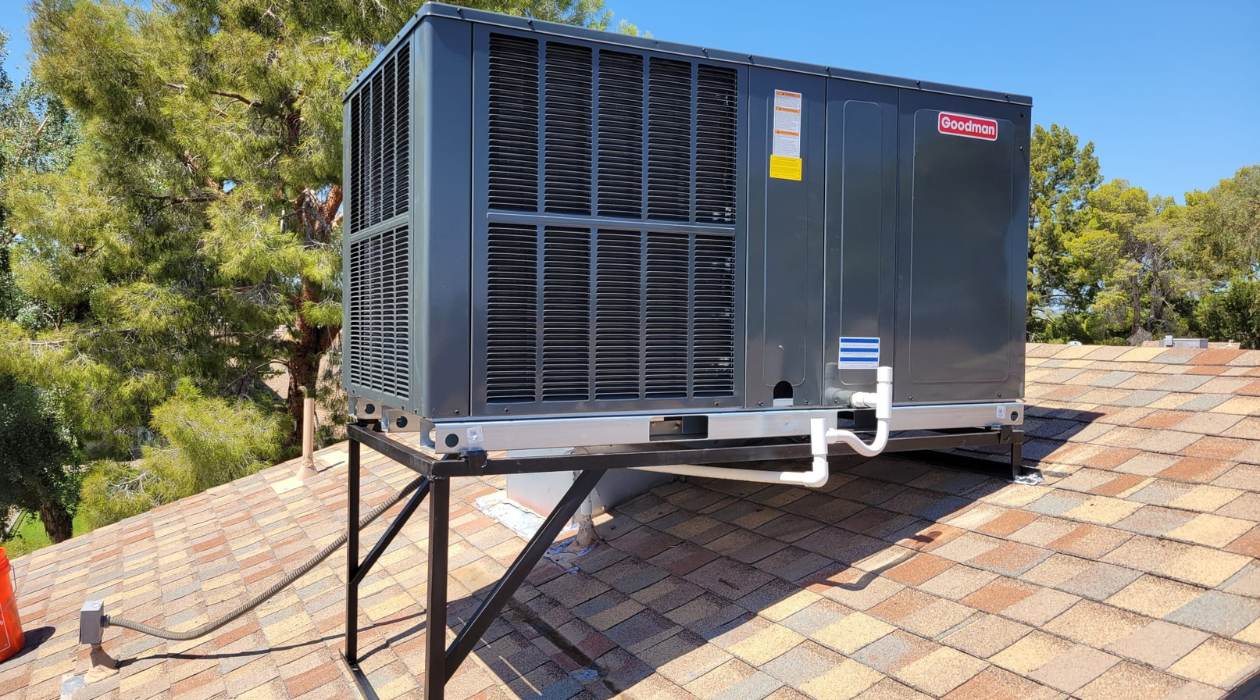




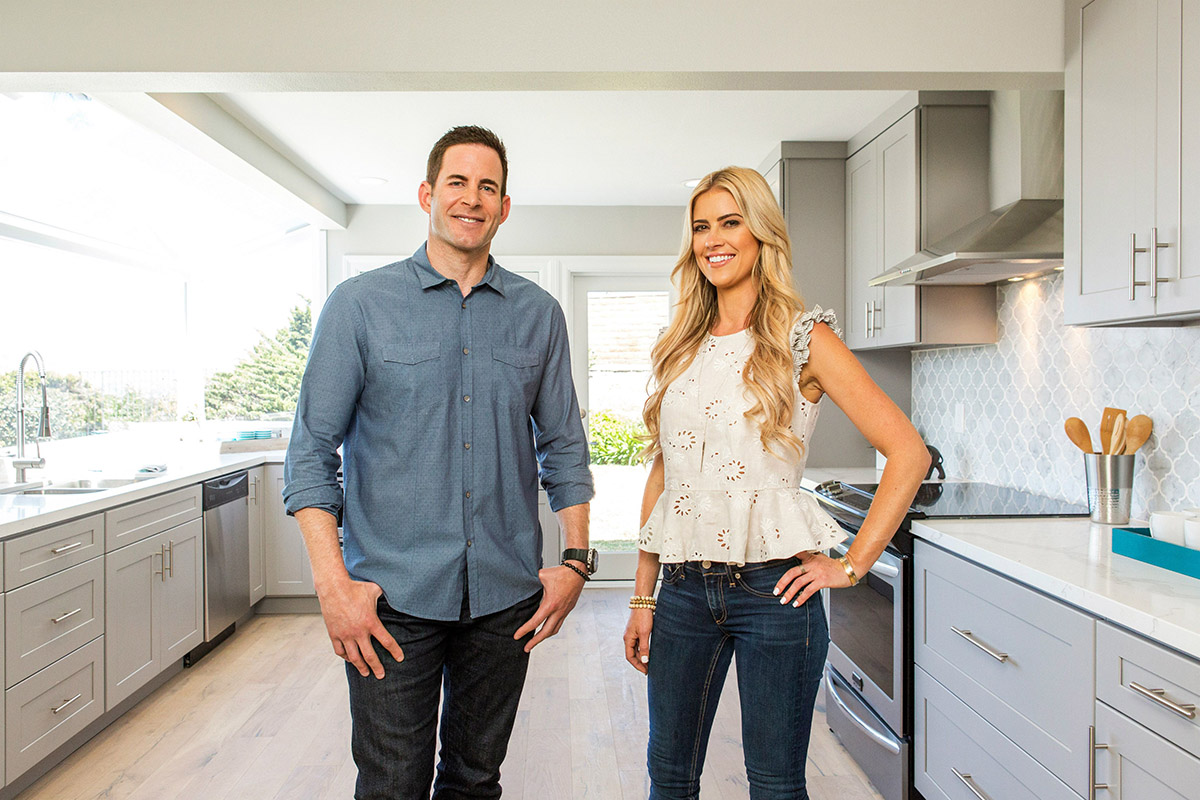

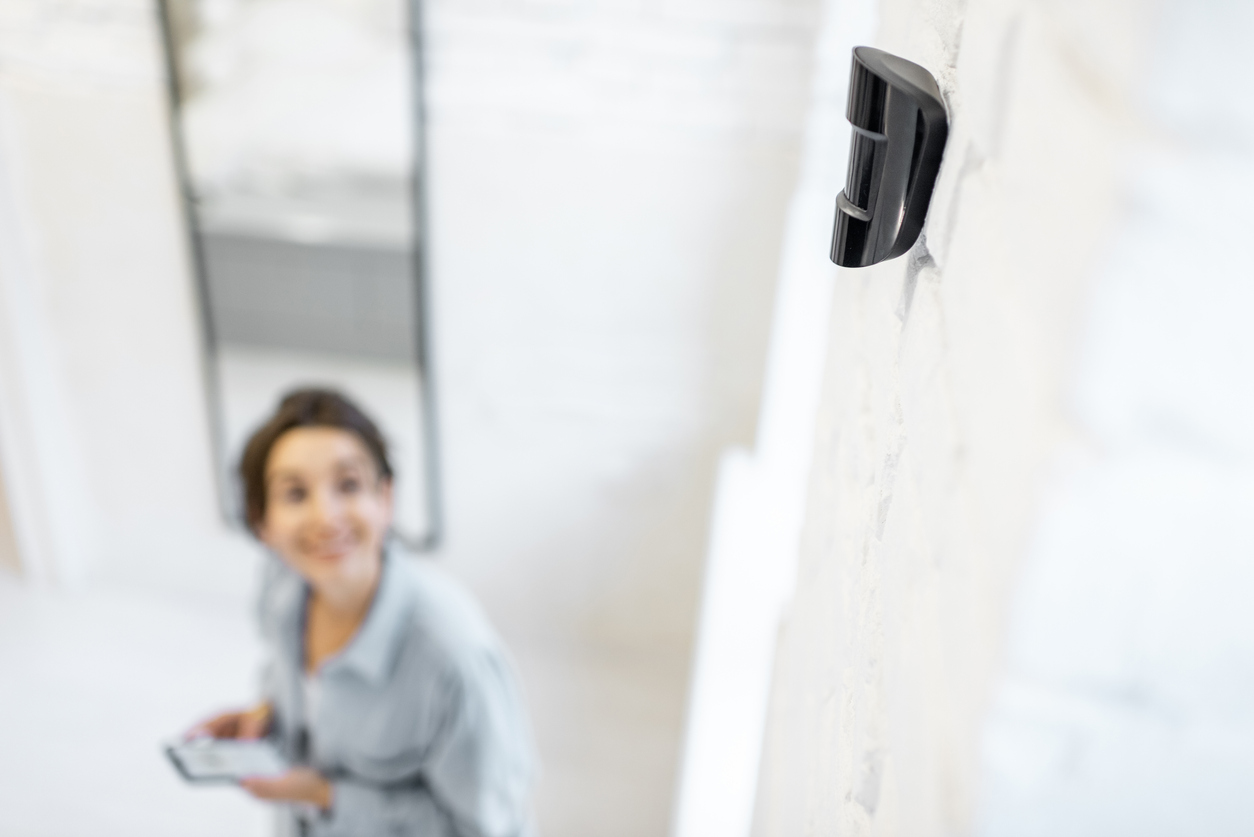


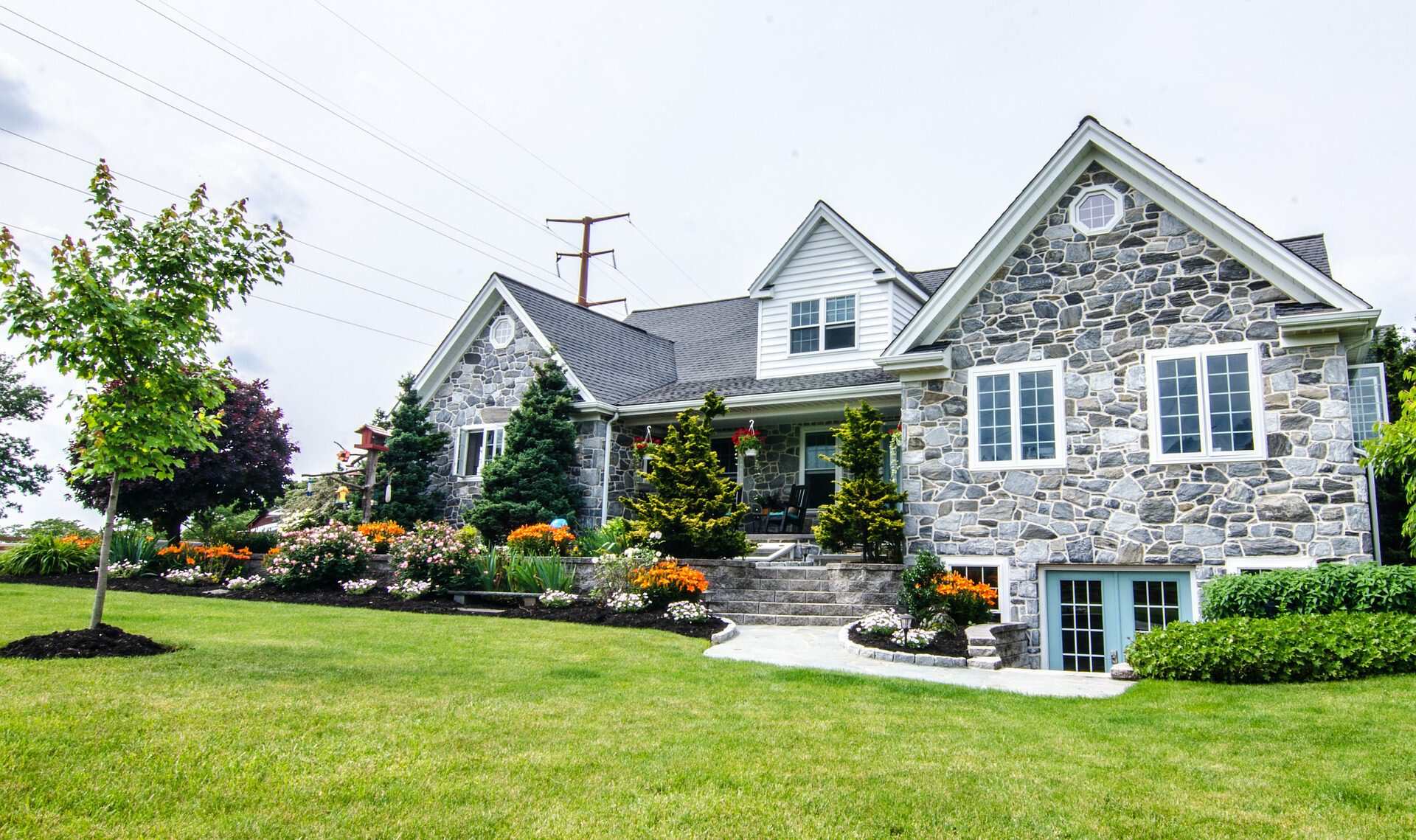

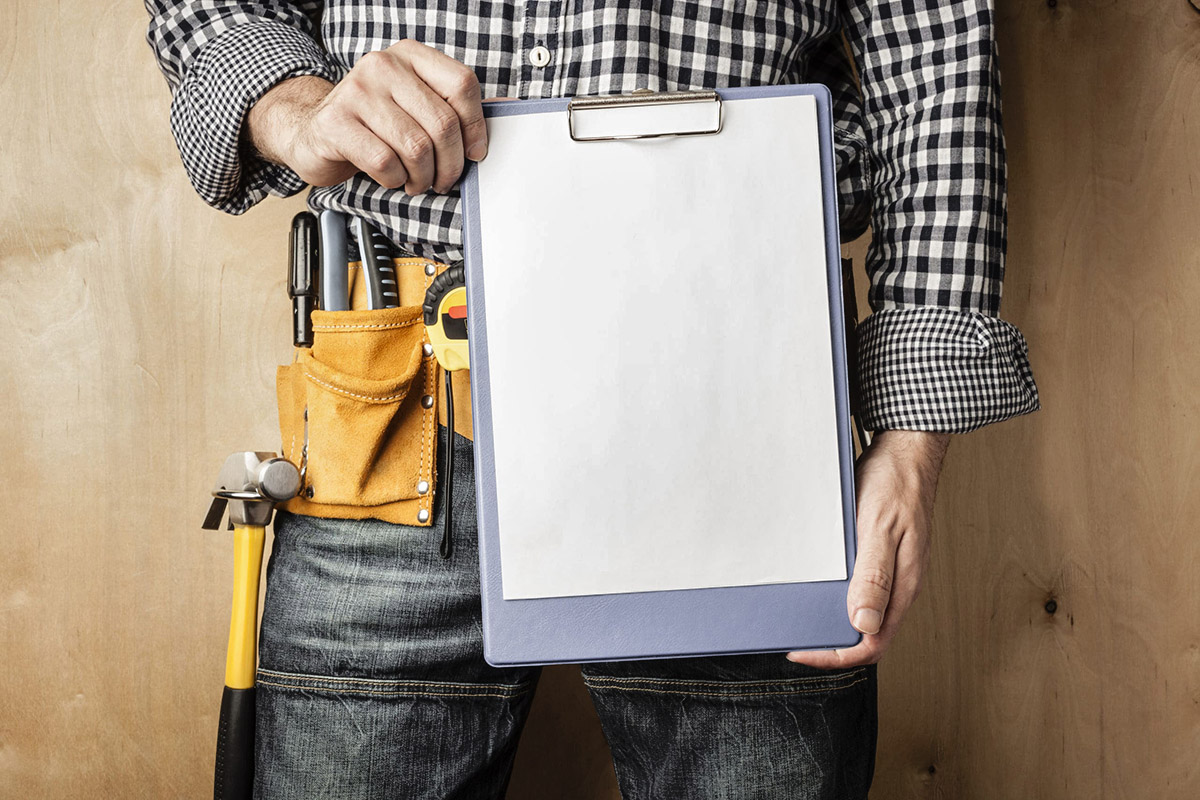


0 thoughts on “How To Depreciate Rental Home Improvements?”